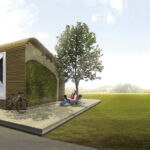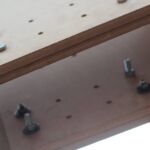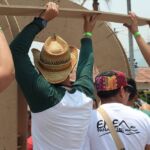Digital Manufacturing for Productive Housing
Project's Summary
The project 'Aplicacion de Fabricación Digital y Vivienda Productiva' represents a significant step forward in the realm of architectural innovation. Spearheaded by Victoria Tiu, this thesis project from 2015 explores the intersection of digital design and social processes in the creation of productive housing models. By harnessing cutting-edge technologies and methodologies, the initiative challenges traditional notions of habitation, proposing a framework where co-creation and collaborative living become integral aspects of residential design.
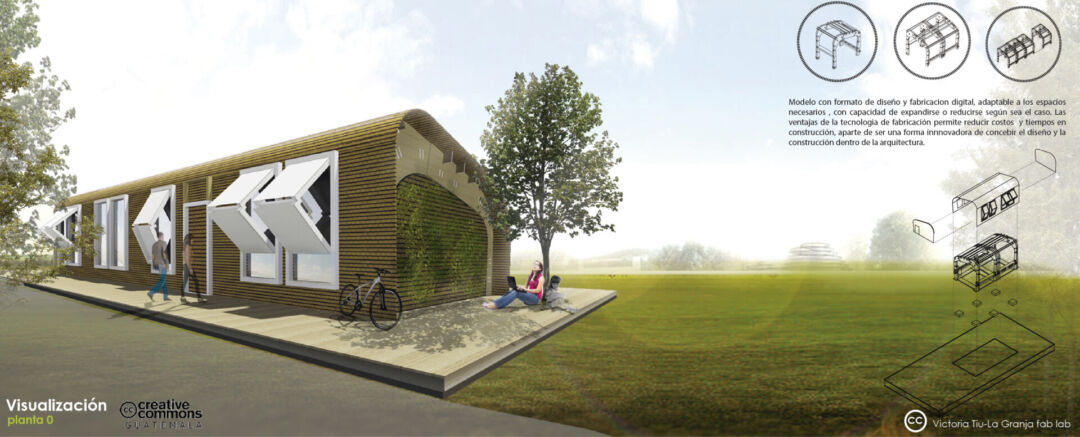
At its core, the project emphasizes the importance of understanding social, economic, and anthropological factors that influence the application of architectural solutions. The contemporary landscape of housing demands not only technical expertise but also an awareness of the diverse ways in which communities interact with their environments. The shift towards a DIY (Do It Yourself) ethos underscores the potential for individuals and groups to engage directly in the design and construction processes, fostering a sense of ownership and empowerment within communities.

The approach taken by Victoria Tiu Grijalva in this project highlights the relevance of digital manufacturing techniques in developing new housing models. By integrating advanced design tools and fabrication methods, the project aims to create adaptable living spaces that respond to the needs of various populations. The focus on productive housing is particularly noteworthy, as it seeks to redefine residential spaces as not merely places to live, but as environments that support productivity and sustainable living.

Under the guidance of esteemed advisors, including Arq. Wieland Escobar Wolf and consultant Arq. Luis Castillo, the project has garnered attention for its innovative perspective on architecture. The work is distributed under a Creative Commons License, allowing for broader dissemination and engagement with its findings. This openness is reflective of the project's ethos, which champions collaboration and shared knowledge as essential components of architectural practice.
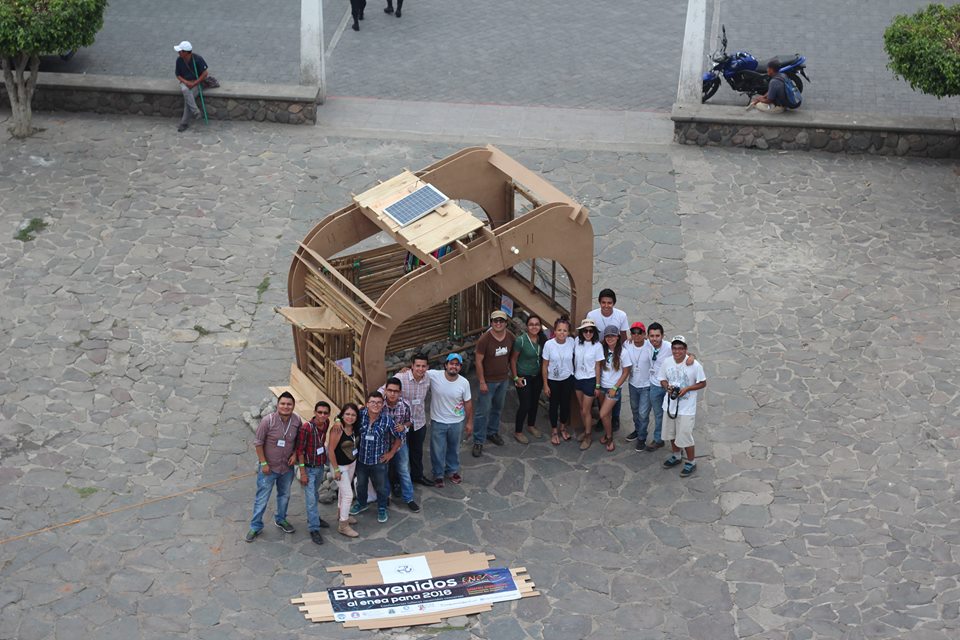
In summary, 'Aplicacion de Fabricación Digital y Vivienda Productiva' is more than just a thesis; it is a call to action for architects and designers to rethink their role in society. By embracing digital tools and fostering community engagement, the project paves the way for a new era of housing that is not only functional but also socially responsible and environmentally sustainable.
Read also about the PG Bison: Innovative Architecture by Yazizwe Consultants project
